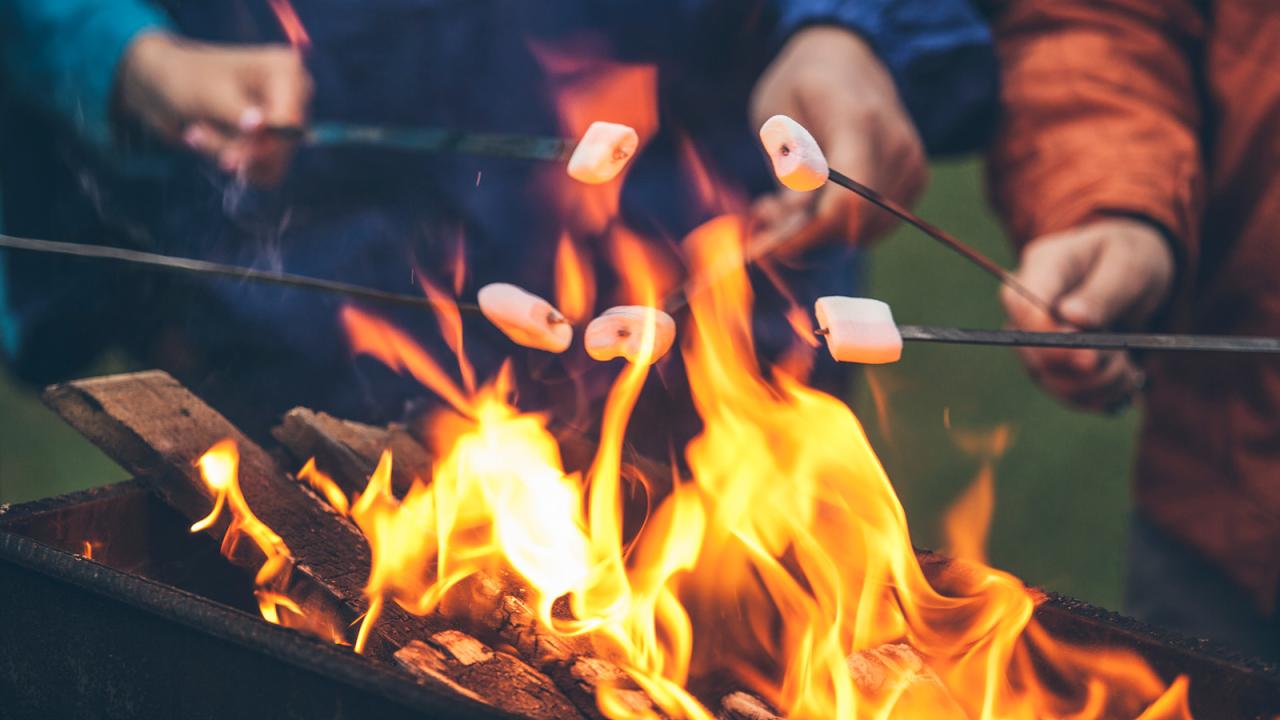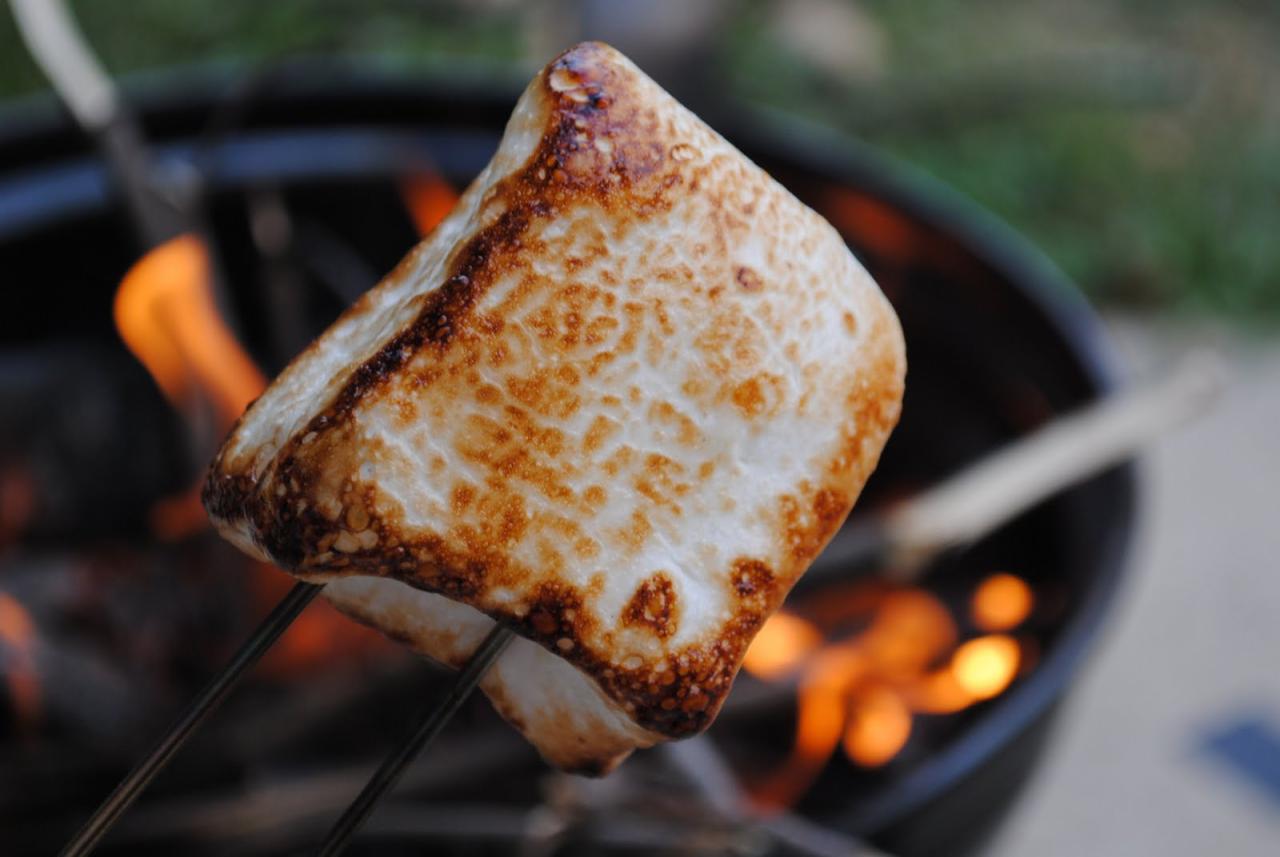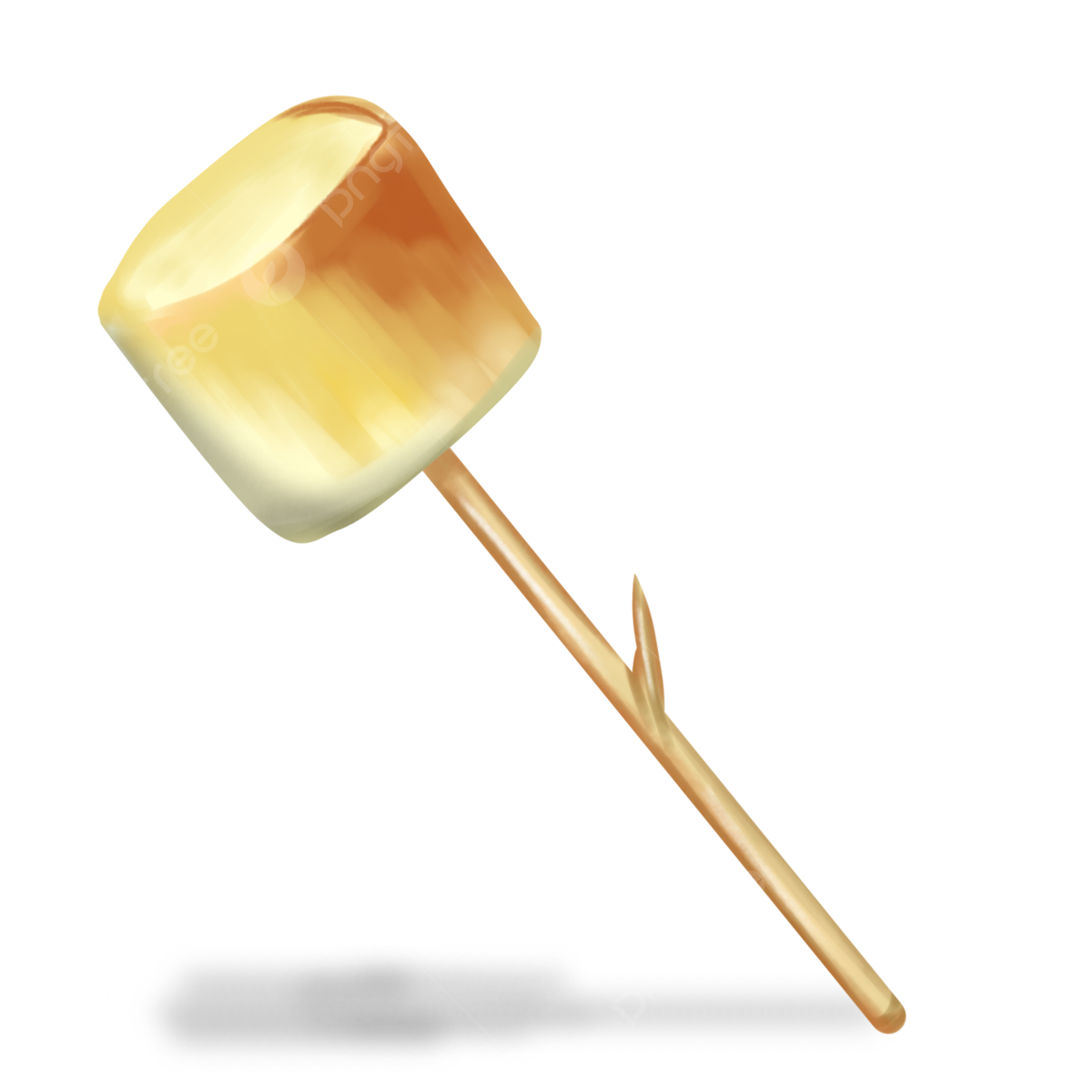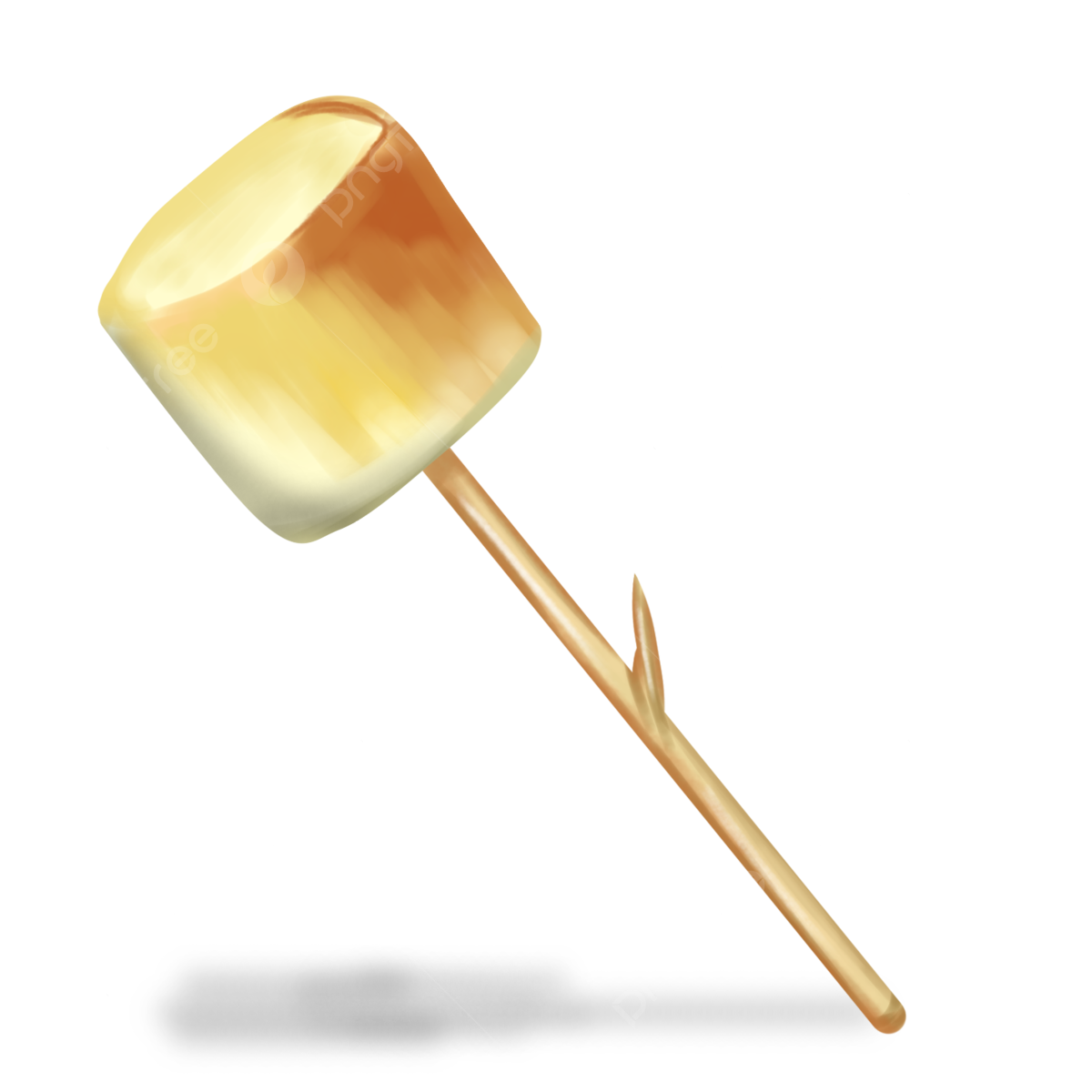Embark on a culinary adventure as we delve into the captivating texture of a roasted marshmallow, a confectionery delight that tantalizes the senses with its unique softness, sponginess, and airiness. Discover the secrets behind its transformation from a humble marshmallow to a culinary masterpiece, and explore the endless possibilities it offers in the realm of gastronomy.
As the marshmallow meets the heat of the flame, a magical alchemy takes place. Its structure undergoes a remarkable metamorphosis, resulting in a texture that is both delicate and resilient, yielding to the touch yet retaining its shape. Factors such as heat intensity, roasting time, and marshmallow type play a crucial role in shaping this delectable texture, creating a symphony of flavors and sensations.
Sensory Attributes of a Roasted Marshmallow’s Texture: Texture Of A Roasted Marshmallow

The texture of a roasted marshmallow is a unique and distinctive sensory experience. It is characterized by its softness, sponginess, and airy characteristics. This texture is a result of the roasting process, which transforms the marshmallow’s structure.
When a marshmallow is roasted, the heat causes the sugars in the marshmallow to caramelize. This caramelization process creates a crispy outer shell, while the interior of the marshmallow remains soft and gooey. The combination of the crispy shell and the soft interior creates a delightful textural contrast.
Factors Influencing the Texture of a Roasted Marshmallow
The texture of a roasted marshmallow can be influenced by several factors, including:
- Heat intensity:The higher the heat, the crispier the outer shell will be.
- Roasting time:The longer the marshmallow is roasted, the more caramelization will occur, resulting in a crispier shell.
- Marshmallow type:Different types of marshmallows have different textures. Some marshmallows are more dense than others, which can affect the texture of the roasted marshmallow.
Creative Applications of Roasted Marshmallow Texture

Roasted marshmallows possess a unique and versatile texture that can elevate various culinary creations. Their soft, chewy interior and slightly crispy exterior offer a delightful contrast that can be creatively incorporated into both sweet and savory dishes.
Enhancing Dessert Textures
Roasted marshmallows can transform desserts into textural masterpieces. They can be used as a topping for ice cream, adding a gooey, chewy layer that complements the creaminess. In s’mores, they provide a soft and stretchy center, balancing the crispy graham crackers and melted chocolate.
Marshmallow fluff, made from whipped roasted marshmallows, adds a light and airy texture to pies, cakes, and mousses.
Adding Texture to Salads and Main Courses
Roasted marshmallows can also enhance the texture of salads and main courses. In salads, they provide a sweet and chewy contrast to crisp greens and crunchy vegetables. In main courses, they can be used as a topping for grilled meats, adding a caramelized and slightly smoky flavor.
Roasted marshmallows can also be incorporated into stuffing, providing a moist and flavorful addition to poultry dishes.
Table: Versatile Applications of Roasted Marshmallow Texture, Texture of a roasted marshmallow
| Dish Type | Application | Texture ||—|—|—|| Desserts | Topping for ice cream, s’mores, marshmallow fluff | Chewy, gooey, airy || Salads | Salad topping | Sweet, chewy || Main Courses | Topping for grilled meats, stuffing | Caramelized, chewy, moist |
Wrap-Up

The roasted marshmallow stands as a testament to the transformative power of heat, a culinary chameleon that can elevate both sweet and savory creations. Its unique texture has inspired countless culinary innovations, from decadent desserts to savory snacks, and continues to captivate taste buds with its irresistible charm.
As we bid farewell to this exploration, let us remember the culinary magic that lies within the humble roasted marshmallow, a confectionery delight that will forever hold a special place in our culinary hearts.
Q&A
What factors influence the texture of a roasted marshmallow?
The texture of a roasted marshmallow is influenced by factors such as heat intensity, roasting time, and marshmallow type.
How does the roasting process transform the marshmallow’s structure?
The roasting process causes the marshmallow’s structure to undergo a transformation, resulting in a unique texture that is both delicate and resilient.
What are some creative applications of roasted marshmallow texture?
Roasted marshmallow texture can be creatively applied in both sweet and savory culinary creations, from decadent desserts to savory snacks.

